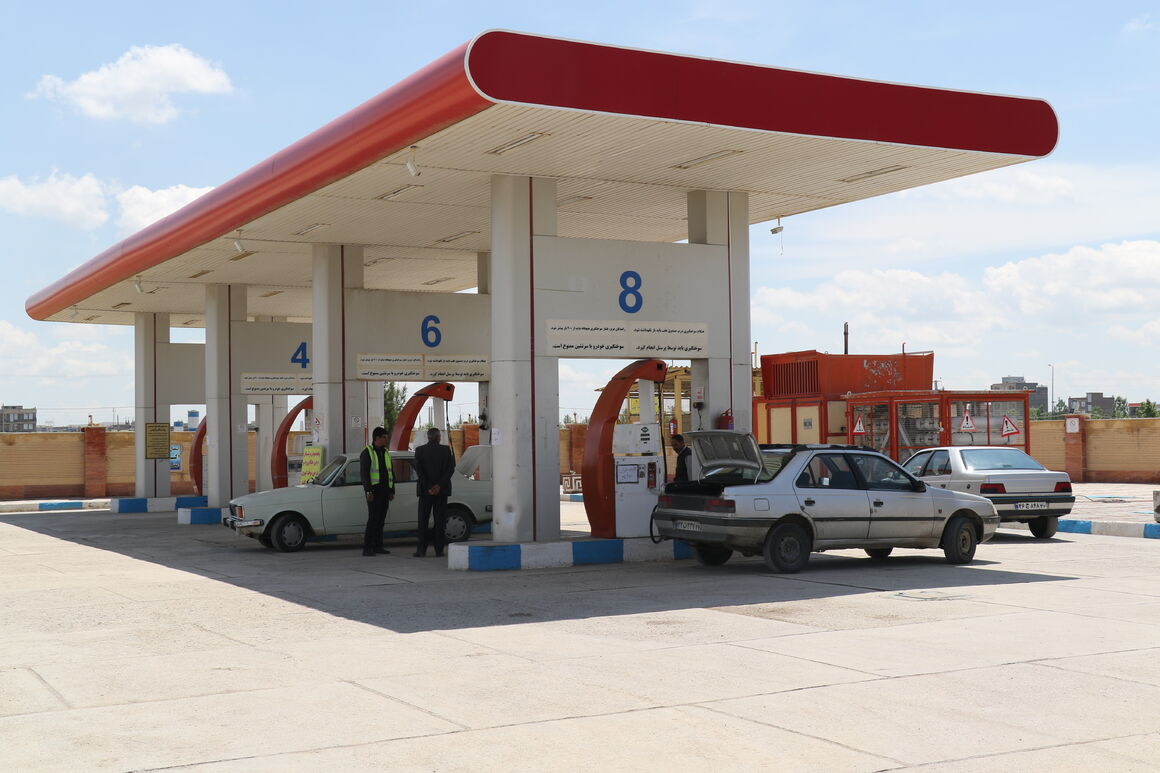Despite direct attacks on oil depots in Rey and Shahran, fuel supply continued uninterrupted, with a historic record set in product distribution. Meanwhile, over 600 CNG stations voluntarily provided free natural gas as part of a collective campaign.
The oil industry faced a severe and unprecedented challenge during the 12-day war. Gasoline consumption spiked by more than 50%—a record high that could have severely disrupted fuel supply without crisis management, industry coordination, and technical infrastructure.
Nevertheless, the distribution of petroleum products remained steady and secure, demonstrating the fuel industry’s high resilience and operational capacity. The National Iranian Oil Products Distribution Company (NIOPDC) relied on multi-layered strategies, refinery capabilities, fuel station owners' collaboration, and smart monitoring tools to ensure an effective and coordinated response.
Free CNG distribution
Ali-Asghar Abbasi, deputy CEO of NIOPDC, explained the managerial, technical, and logistical efforts behind fuel supply during the crisis. He said: "During the critical days, over 600 CNG stations across the country voluntarily provided free natural gas without any official order. This humanitarian effort reflects the solidarity and sense of responsibility among fuel station owners."
He noted that this initiative significantly increased daily natural gas supply by up to 2 million cubic meters. "While average CNG supply in 2024 was about 19 million cubic meters, it had dropped to around 17 million in May. The exact impact of this cooperation is evident in the latest statistics," he added.
Distribution of 200m liters of gasoline in a day
Abbasi highlighted the uninterrupted fuel supply and a historic distribution record during the 12-day war: "On the first day of the crisis, NIOPDC delivered over 200 million liters of petroleum products to stations, with about 195 million liters dispensed through nozzles—a record volume."
He emphasized operational resilience despite Israeli regime attacks on Rey and Shahran oil depots: "Even after the attacks, loading operations continued uninterrupted at other depots. This level of preparedness stems from years of experience, safety training, and meticulous planning by NIOPDC’s operational teams."
Abbasi also praised the role of mobile fuel stations in crisis management: "In Tehran and other major cities, around 42 mobile stations helped meet urgent fuel demand. They also served high-traffic routes in northern Iran. Their success has led to provisions in the budget law for expanding privately operated mobile stations."
NIOPDC’s strategic, operational capacity
The performance of Iran’s fuel distribution industry during the recent crisis highlights improved national resilience, rapid-response infrastructure, and stronger energy sector coordination. Maintaining stable supply despite consumption spikes, physical attacks, and logistical challenges demonstrates NIOPDC’s strategic and operational readiness for complex scenarios.
Sustaining this progress will require stronger support structures, expanded mobile station equipment, and broader use of smart monitoring systems—ensuring Iran’s energy industry can respond even more effectively to future crises.


Your Comment